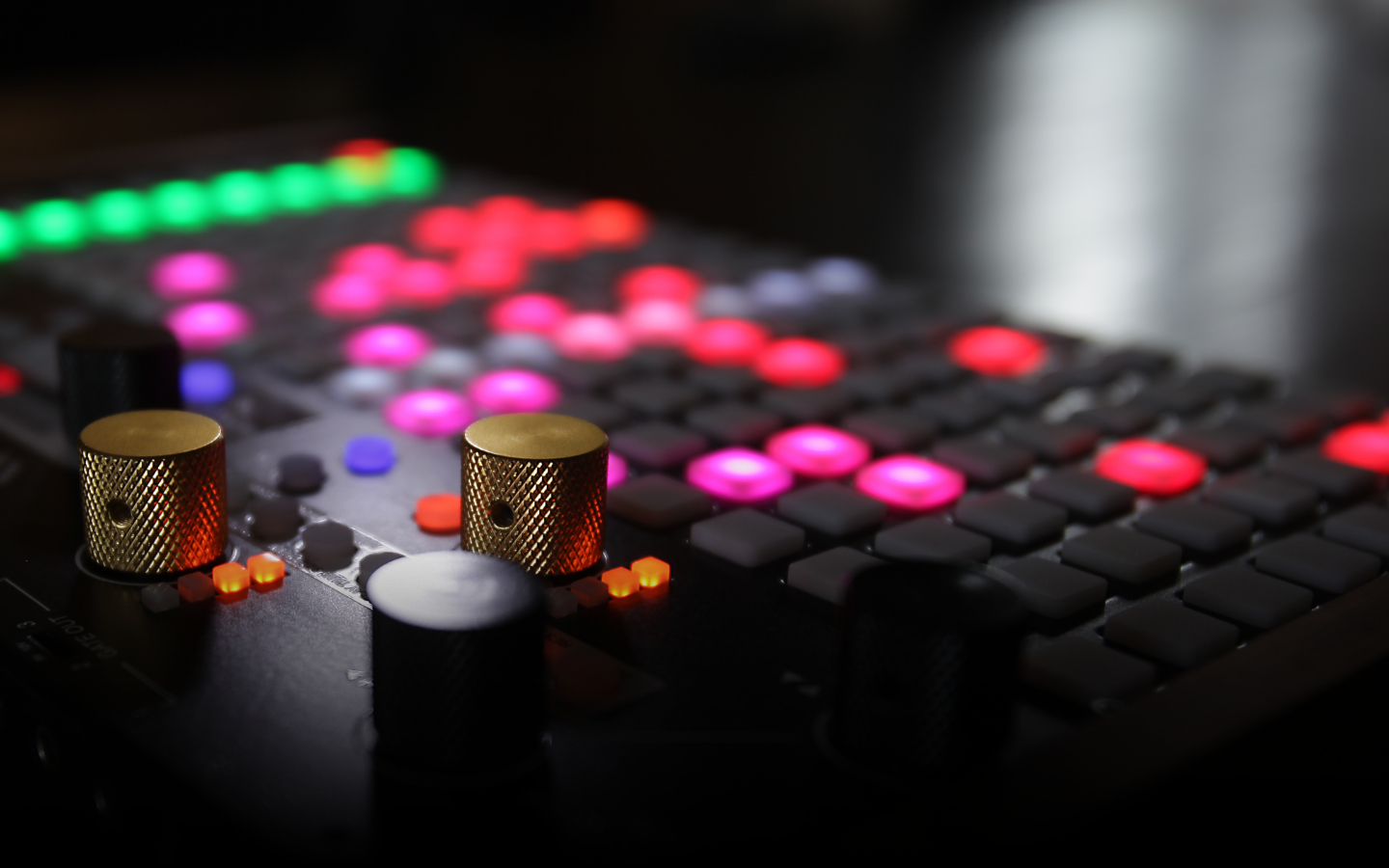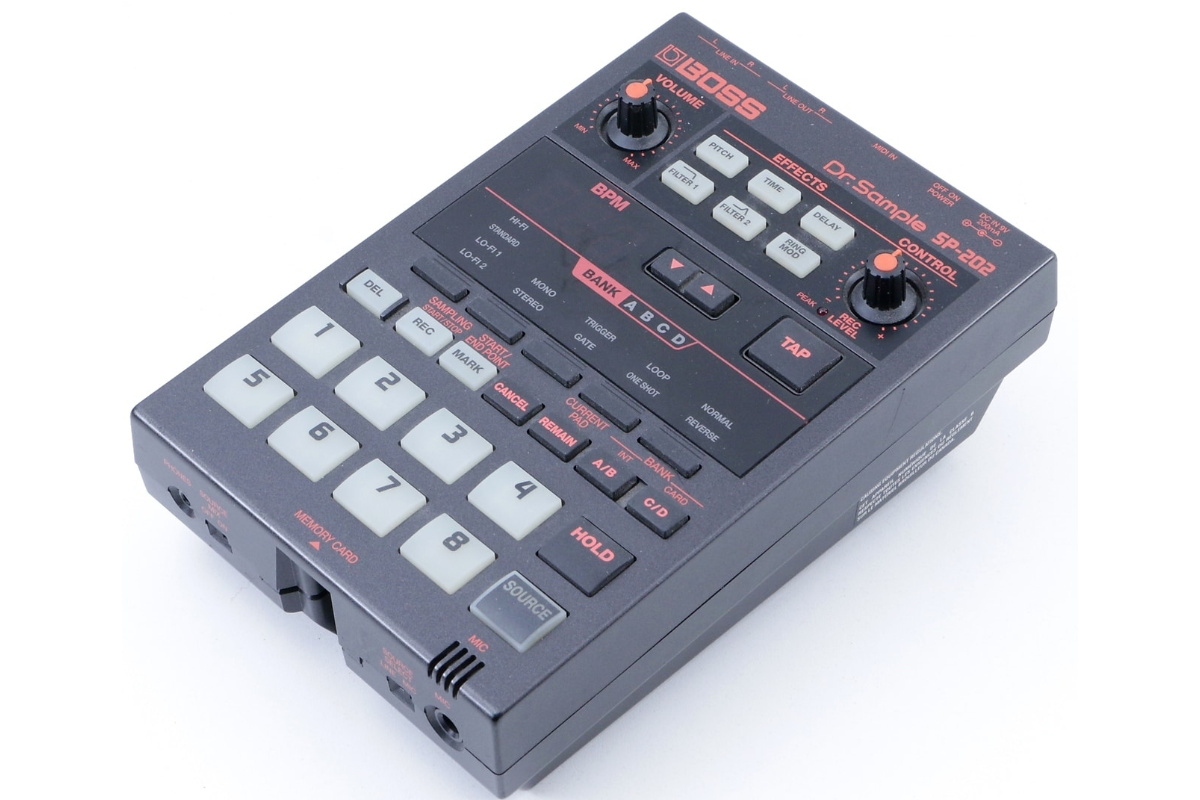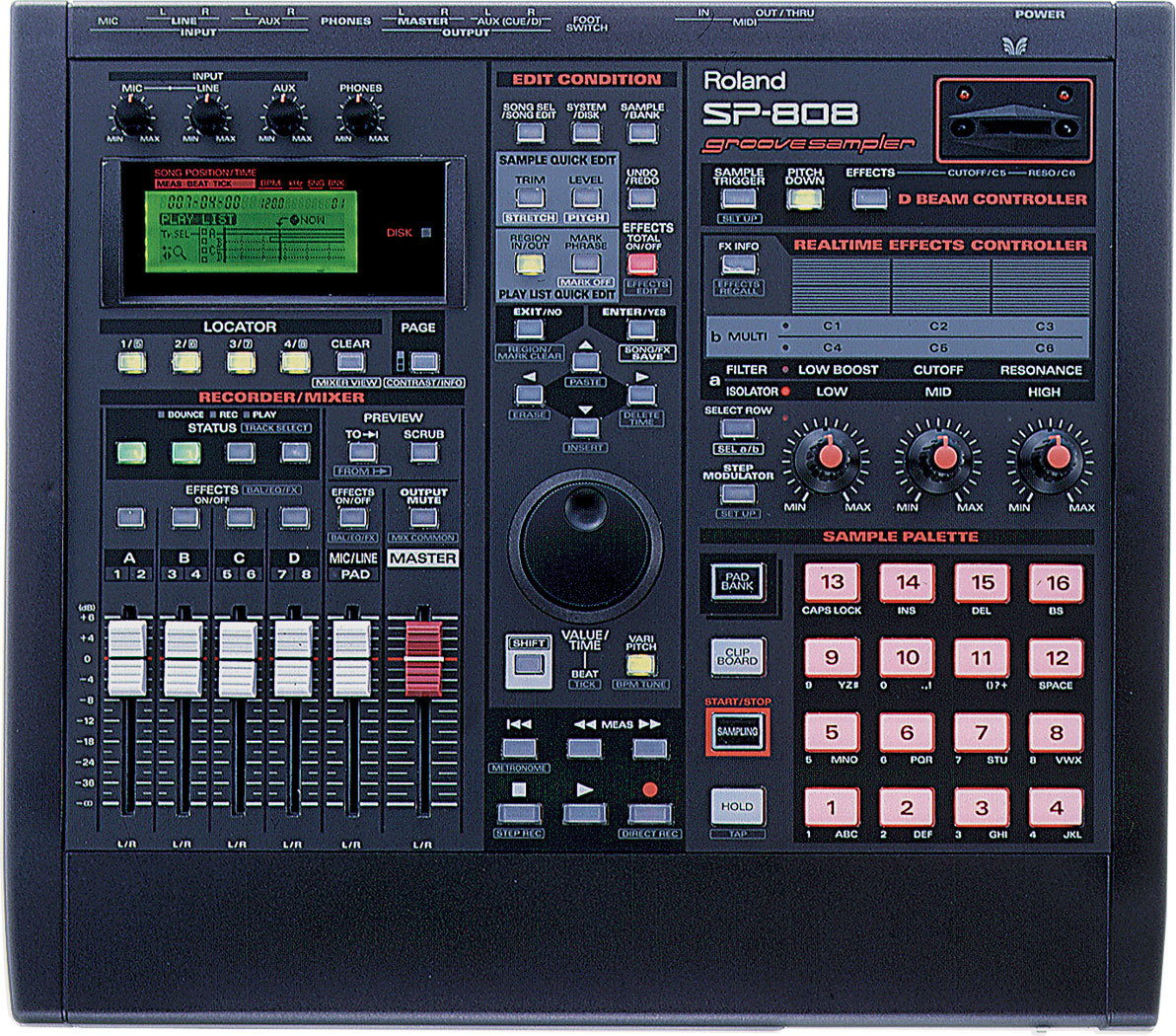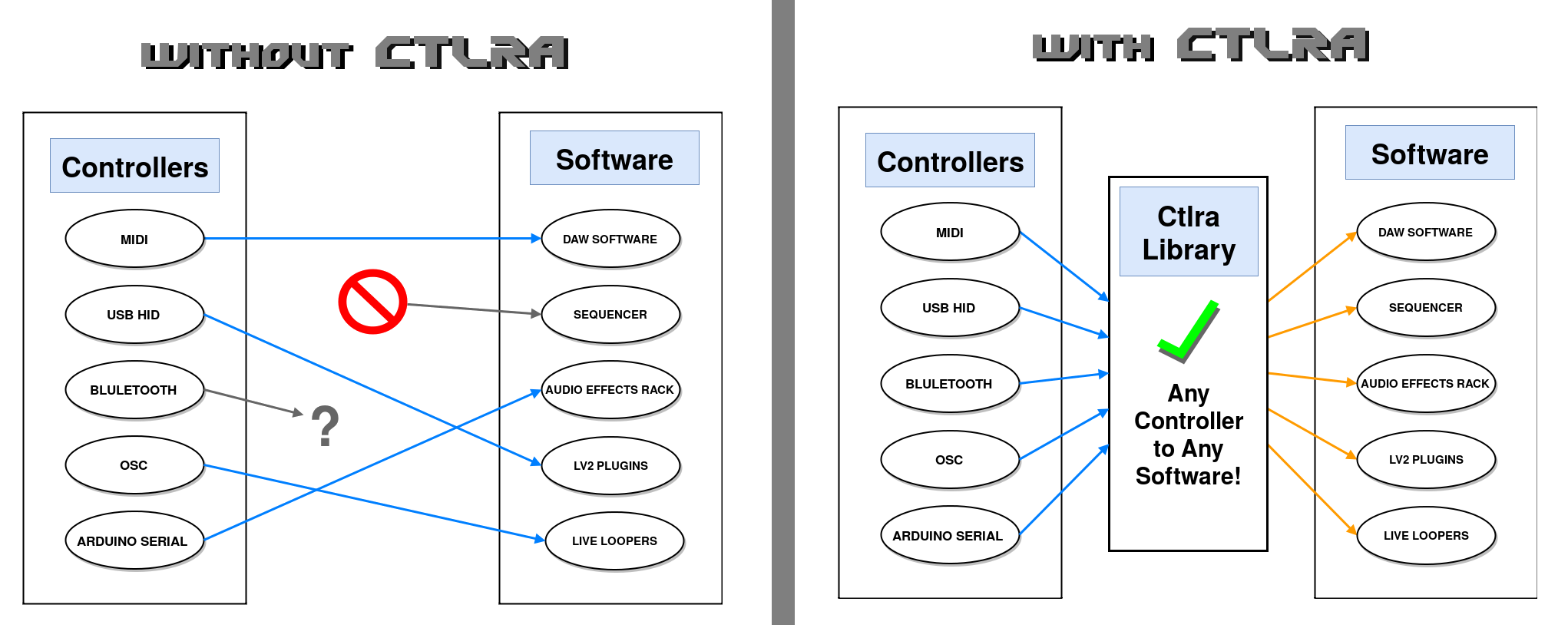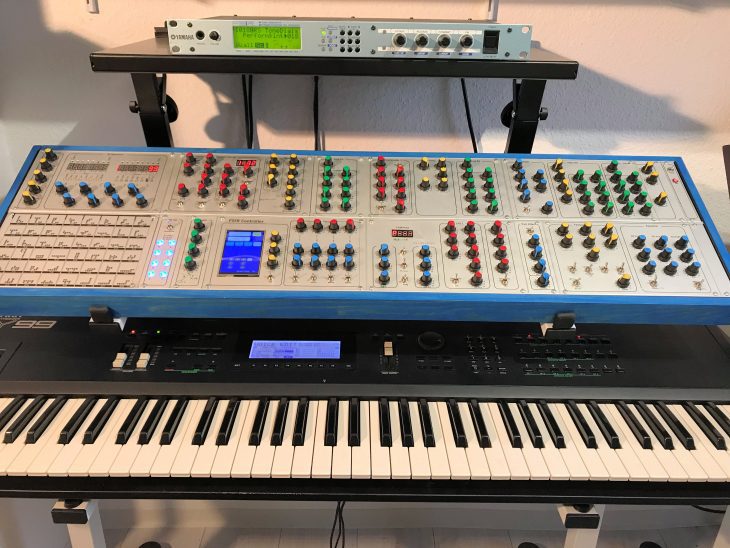| images | ||
| .gitlab-ci.yml | ||
| README.html | ||
| README.md | ||
| theme | _class | <!-- paginate | backgroundColor |
|---|---|---|---|
| gaia | lead | true --> |
Towards a universal button grid interface
And it's open implementation
Thibaud Keller ossia.io - Maynooth University made with marp
An enduring practice
-
Thoroughly documented at LMU Munich by Beat Rossmy [1], with Alexander Wiethoff [2][12], Maximilian Rauh[3] and Sebastian Unger [4].
-
With a dedicated course at Berkley college of Music "Grid Controller Studies" ISEL-112 [5]
-
And an active community of artists and developers [6] Due, in part, to the open source, and open-ended nature of monome's grid
The monome way
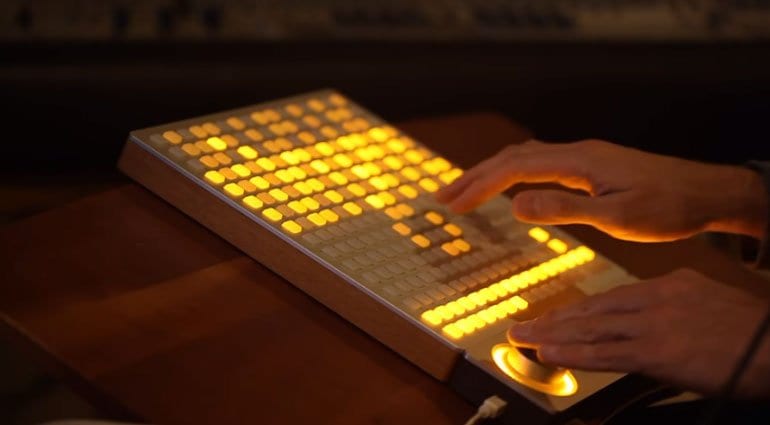
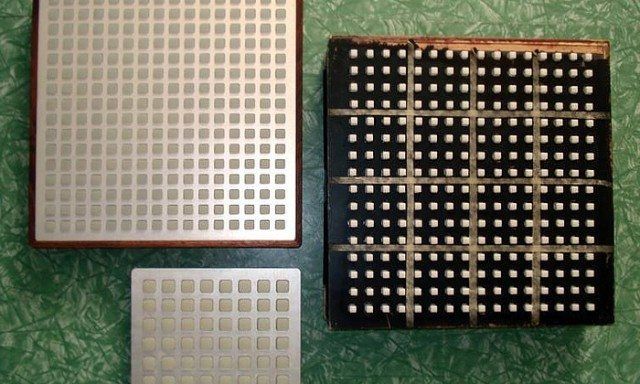 As presented in Maker Stories [7].
As presented in Maker Stories [7].
Origins of backlit button grids
1998 - SP series (202 & 808) Performance samplers
The grid allows:
- Sampling and triggering
- Copy and paste
- Step recording
Notable instruments and sequencers
- 2007 - Tenori-on, Yamaha
- 2014 - BeatStep, Arturia Circadian Rhythm, Tip Top audio (eurorack)
- 2015 - Circuit, Novation Pocket operators, Teenage Engineering (hand held)
- 2016 - Deluge, Synthstrom (open source)
- 2017 - Seq, Polyend (wide)
- 2019 - Zoia, Empress (nodal patcher)
- 2023 - Push 3, Ableton (export to and from a PC)
Notable controllers
- 2006 - 40h, monome (open source)
- 2009 - launchpad, Novation
- 2013 - Push, Ableton
- 2014 - Untztrument, Adafruit (open source)
- 2015 - Linstrument, Roger Lynn (continuous surface)
- 2019 - Grid, Intech Studio (modular)
- 2020 - Mine S, Special Waves (modular)
Notable libraries
Problem
- A majority of closed source, proprietary hardware.
- Either a blank slate (monome), or overly standardized practices
- Software specific libraries, with divergent approaches
- Many overlapping features
Problem
Menus !
The case of the Yamaha FS1R [8] and the dread of "menu diving" against Pamela's PRO Workout
Button grids can be:
- Keyboards / drum pads
- Step sequencers
- "Clip" launchers (Ardour (Ableton))
- Arrangement views (Deluge)
- Routing matrixes (Deluge)
- Rudimentary waveform croppers (Deluge)
- Text displays (Launchapd)
- Basic spin boxes (Circuit)
- Nodal patchers (Zoia) ...
Tangible timelines
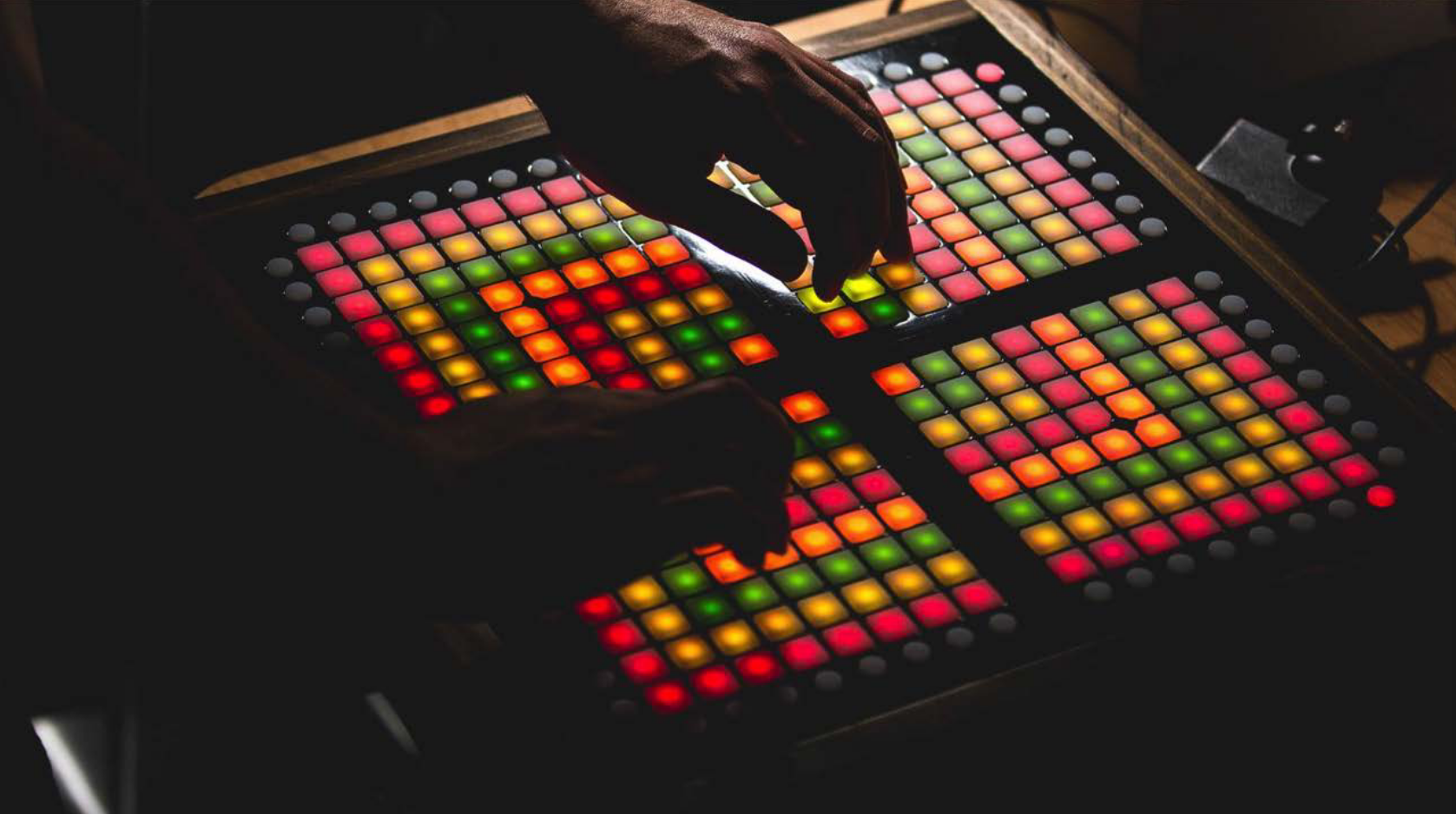
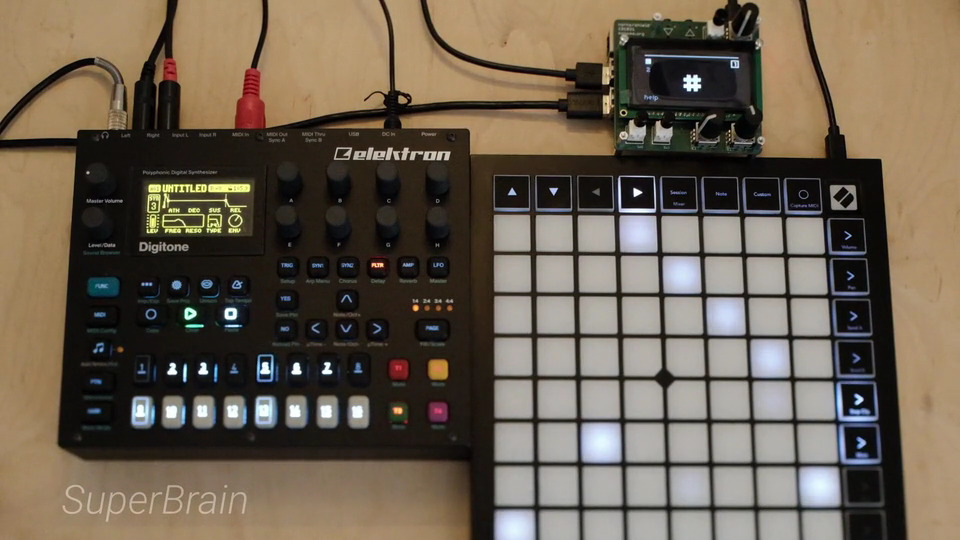 Samuel J. Hunt's UGS [9] & Beat Rossmy's SuperBrain
Samuel J. Hunt's UGS [9] & Beat Rossmy's SuperBrain
Challenges
- Compatibility: supporting a wide selection of hardware devices
- Performance: low compute cost & optimal responsiveness
- Extensibility: ease of adding more devices
- Low resolution: reducing graphical elements to their bare minimum
- Portability: ease of integration in software
- Modularity: option to aggregate devices
Aproche
- Starting with the Launchpad Pro: common & full-featured
- Implement a minimalist widget system
- Porting score's user interface to a grid
- Drawing from the remote control plugin
- Search for Intuitive mappings of physical actions to software functionalities
- Aim for full integration of the hardware device, allowing complete use of score without a screen, mouse or keyboard
Beyond
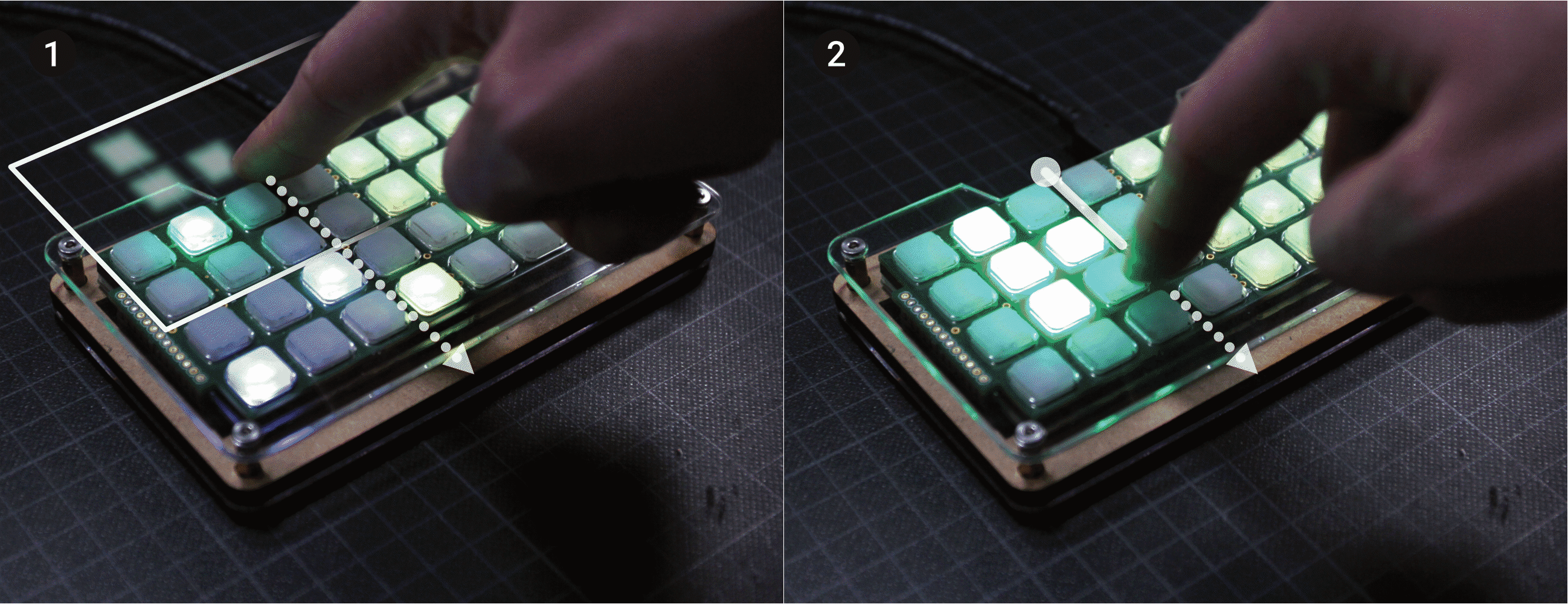
 Beat Rossmy's TouchGrid [4] & MIT labs Kinéphone [10]/SoundFORMS [11]
Beat Rossmy's TouchGrid [4] & MIT labs Kinéphone [10]/SoundFORMS [11]
Honorable mention
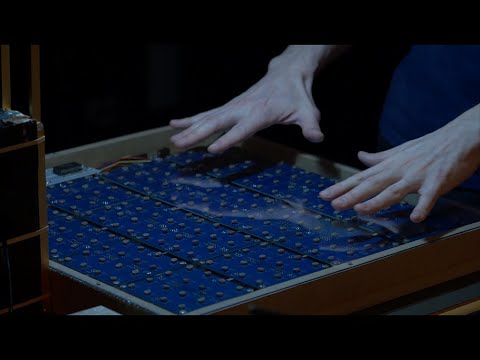
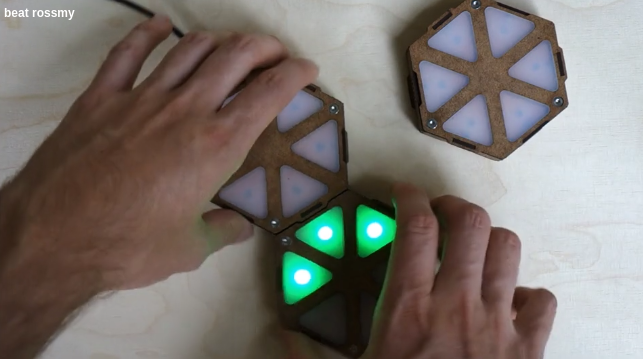 Eli Fieldsteel's
Impulse Curve[14]
& Beat Rossmy's
COMB[12]
Eli Fieldsteel's
Impulse Curve[14]
& Beat Rossmy's
COMB[12]
Implementation
- Drawing from Avendish's GUI toolkit
- Device specifications written as simple c++ aggregates
- Avoid runtime overhead with reflection
- Midi sysex to update the entire grid with a single message
- Available on codeberg
Bibliography
[1] Rossmy, B. “Buttons, Sliders, and Keys – A Survey on Musical Grid Interface Standards.” In International Conference on New Interfaces for Musical Expression, 2022.
[2] Rossmy, B., & Wiethoff, A. “Musical Grid Interfaces: Past, Present, and Future Directions.” In International Conference on New Interfaces for Musical Expression, 2021.
[3] Rossmy, B., Rauh, M., & Wiethoff, A. “Towards User Interface Guidelines for Musical Grid Interfaces.” In International Conference on New Interfaces for Musical Expression, 2022.
[4] Rossmy, B., Unger, S., & Wiethoff, A. “TouchGrid – Combining Touch Interaction with Musical Grid Interfaces.” In International Conference on New Interfaces for Musical Expression, 2021.
[5] Matthew Davidson, aka stretta, gridalb patches repository, June 21, 2024. https://github.com/stretta/gridlab.
[6] Lines “Latest Grid Topics”. The monome comunity forum. https://llllllll.co/tag/grid.
[7] Maker Stories. “Monome / Open Source Tools for Music Makers.” https://stories.maker.co/monome-open-source-tools-for-music-makers.
[8] Robert Skerjanc, “HARDWARE-CONTROLLER FOR YAMAHA FS1R,” August 26, 2023. https://fs1r.skerjanc.de/.
[9] Hunt, Samuel J. “Exploring Polyrhythms, Polymeters, and Polytempi with the Universal Grid Sequencer Framework.” In Proceedings of the 15th International Audio Mostly Conference, 101–6. AM ’20. New York, NY, USA: Association for Computing Machinery, 2020.
[10] Xiao, Xiao, Donald Derek Haddad, Thomas Sanchez, Akito van Troyer, Rébecca Kleinberger, Penny Webb, Joe Paradiso, Tod Machover, and Hiroshi Ishii. “Kin\’{e}phone: Exploring the Musical Potential of an Actuated Pin-Based Shape Display.” Proceedings of the International Conference on New Interfaces for Musical Expression. June 1, 2016.
[11] Colter, Aubrey, Patlapa Davivongsa, Donald Derek Haddad, Halla Moore, Brian Tice, and Hiroshi Ishii. “SoundFORMS: Manipulating Sound Through Touch.” In Proceedings of the 2016 CHI Conference Extended Abstracts on Human Factors in Computing Systems, 2425–30. CHI EA ’16. New York, NY, USA: Association for Computing Machinery, 2016.
[12] Rossmy, Beat, and Alexander Wiethoff. “COMB -- Shape as a Meaningful Element of Interaction.” In Proceedings of the Thirteenth International Conference on Tangible, Embedded, and Embodied Interaction, 287–95. TEI ’19. New York, NY, USA: Association for Computing Machinery, 2019.
[13]Fieldsteel, Eli. “LightMatrix: A Light-Sensitive Musical Control Interface.” QUANTUM SOUNDS SYMPOSIUM - ICFO (blog). Accessed November 24, 2024.
